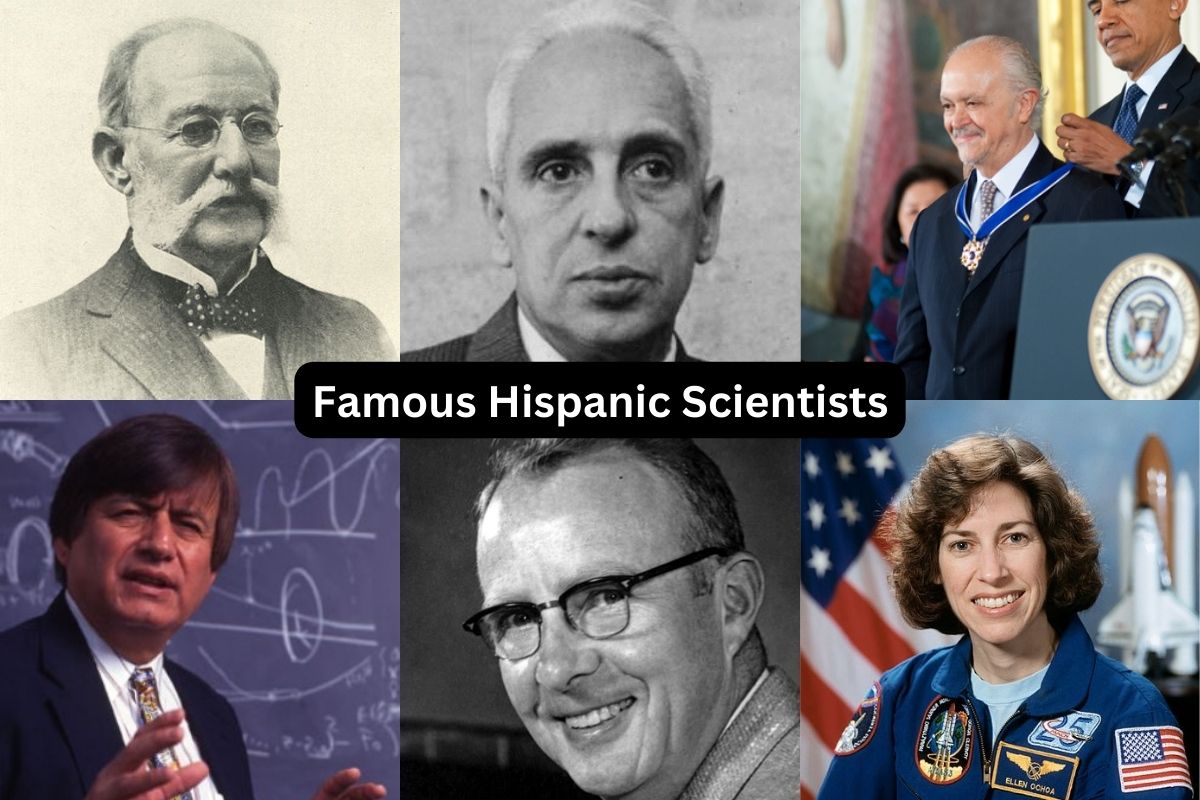In the world of science and innovation, Hispanic scientists have made indelible marks, contributing groundbreaking research and discoveries across various fields.
From pioneering breakthroughs in molecular biology and immunology to venturing into the depths of space, these ten Hispanic scientists have left an enduring legacy of excellence.
In this article, we explore the remarkable achievements and contributions of some of the most celebrated Hispanic scientists who have significantly shaped the landscape of science and technology.
Famous Hispanic Scientists
1. Severo Ochoa (1905-1993)
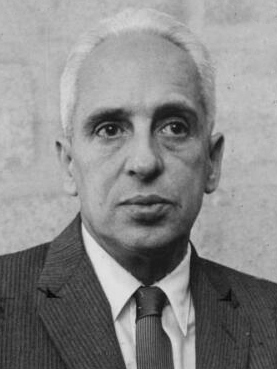
Severo Ochoa was a Spanish-American biochemist born in Luarca, Spain. He is best known for his groundbreaking work on the synthesis of ribonucleic acid (RNA).
Also Read: Famous Jewish Scientists
In 1959, Ochoa was awarded the Nobel Prize in Physiology or Medicine for his contributions to the understanding of the RNA synthesis process.
His research laid the foundation for our understanding of genetic information transfer within cells.
2. Luis Walter Alvarez (1911-1988)
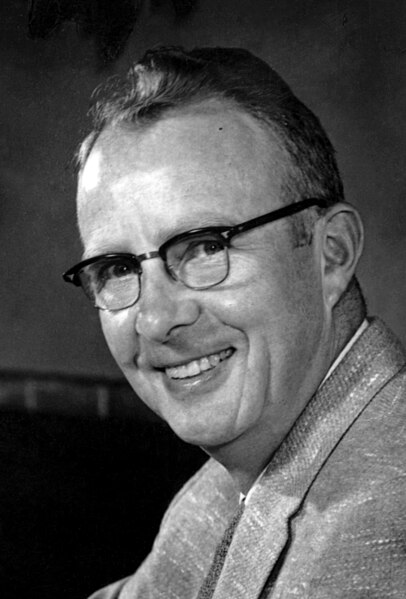
Luis Walter Alvarez was a Mexican-American physicist who made significant contributions to various fields of physics.
He is most famous for his work in subatomic particle physics and his development of the hydrogen bubble chamber, which allowed scientists to study the interactions of subatomic particles in a controlled environment.
In 1968, Alvarez was awarded the Nobel Prize in Physics for his contributions to the understanding of particle interactions.
3. Mario J. Molina (1943-2020)
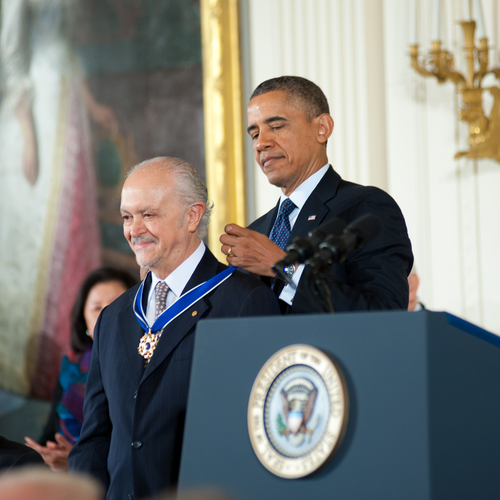
Mario J. Molina was a Mexican-American chemist known for his groundbreaking research on the depletion of the ozone layer in Earth’s atmosphere.
Along with his colleague Frank Sherwood Rowland, Molina demonstrated the harmful effects of chlorofluorocarbon (CFC) compounds on the ozone layer.
Also Read: Most Famous Black Female Scientists
Their work led to the international agreement known as the Montreal Protocol, which aimed to phase out the production and use of ozone-depleting substances.
In 1995, Molina was awarded the Nobel Prize in Chemistry for his pivotal role in advancing our understanding of ozone depletion and his efforts to protect the environment.
4. Ellen Ochoa (born 1958)
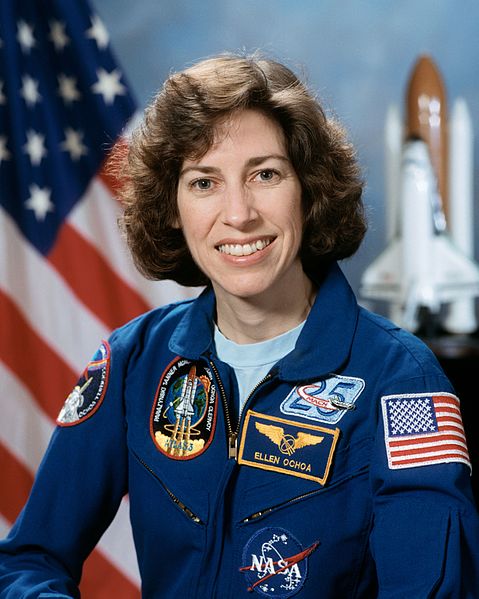
Ellen Ochoa is a Mexican-American engineer and astronaut. She made history as the first Hispanic woman to travel to space when she flew aboard the Space Shuttle Discovery in 1993. Ochoa is a veteran of four spaceflights, logging over 950 hours in space.
She has held various leadership positions at NASA and served as the director of NASA’s Johnson Space Center from 2013 to 2018. Throughout her career, she has been an inspiration to many aspiring scientists and engineers, particularly women and Hispanics.
5. Carlos Juan Finlay (1833-1915)
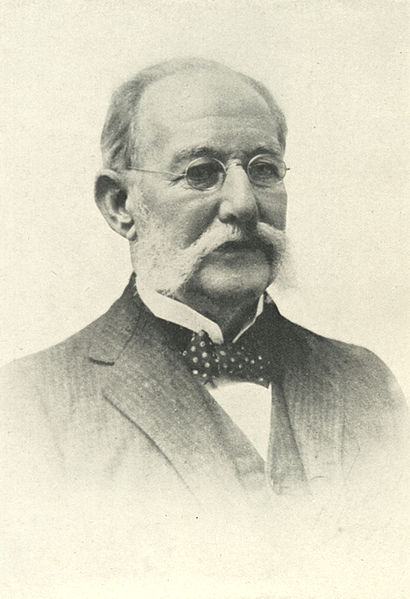
Carlos Juan Finlay was a Cuban physician and scientist best known for his groundbreaking research on the transmission of yellow fever. In the late 19th century, he proposed that yellow fever was transmitted to humans by the Aedes aegypti mosquito.
His work laid the foundation for the control and prevention of this deadly disease, ultimately leading to the development of vaccines and strategies to combat the spread of yellow fever. Finlay’s discoveries had a significant impact on public health in tropical regions.
6. Richard A. Tapia (born 1939)

Richard A. Tapia is a Mexican-American mathematician and computer scientist. He is widely recognized for his contributions to optimization theory and numerical analysis. Tapia’s work has applications in various fields, including engineering, economics, and computer science.
He is also known for his advocacy for diversity and inclusion in the STEM (Science, Technology, Engineering, and Mathematics) fields. Tapia has received numerous awards for his research and his efforts to promote underrepresented minorities’ participation in mathematics and science.
7. Rita R. Colwell (born 1934)
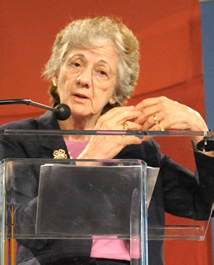
Rita R. Colwell is an American microbiologist of Puerto Rican descent. She is widely recognized for her contributions to the fields of marine science and environmental microbiology. Colwell’s research has focused on the ecology of marine bacteria, particularly Vibrio species.
She has also been a strong advocate for understanding and mitigating the impacts of climate change on microbial communities and ecosystems. Colwell has received numerous awards for her research, including the prestigious National Medal of Science in 2006.
8. Francisco J. Ayala (born 1934)

Francisco J. Ayala is a Spanish-American evolutionary biologist and geneticist. He has made significant contributions to the fields of molecular evolution and genetics.
Ayala’s research has advanced our understanding of the genetic mechanisms underlying evolution, particularly in relation to the processes of natural selection and adaptation.
He has received several awards for his work, including the Templeton Prize for his exploration of the compatibility of science and religion.
9. Baruj Benacerraf (1920-2011)

Baruj Benacerraf was a Venezuelan-American immunologist known for his pioneering research on the immune system’s role in self-tolerance and autoimmune diseases.
His work, particularly in the area of major histocompatibility complex (MHC) molecules, significantly advanced our understanding of how the immune system recognizes and responds to foreign antigens while avoiding attacking the body’s own tissues.
In 1980, Benacerraf was awarded the Nobel Prize in Physiology or Medicine for his contributions to immunology.
10. Santiago Ramón y Cajal (1852-1934)
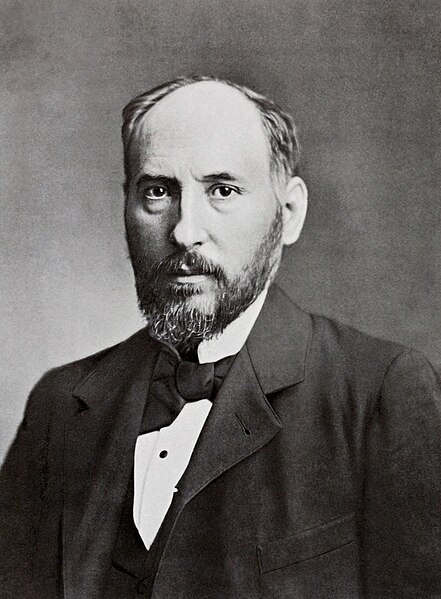
Santiago Ramón y Cajal was a Spanish neuroscientist and pathologist. He is considered one of the founders of modern neuroscience. Ramón y Cajal’s pioneering work focused on the structure and function of the nervous system, especially the structure of neurons.
He developed the neuron doctrine, which states that the nervous system is composed of discrete individual cells called neurons. His detailed illustrations and studies of neurons and brain tissue laid the foundation for our current understanding of the nervous system’s structure and function. Ramón y Cajal received the Nobel Prize in Physiology or Medicine in 1906 for his contributions to neuroscience.
